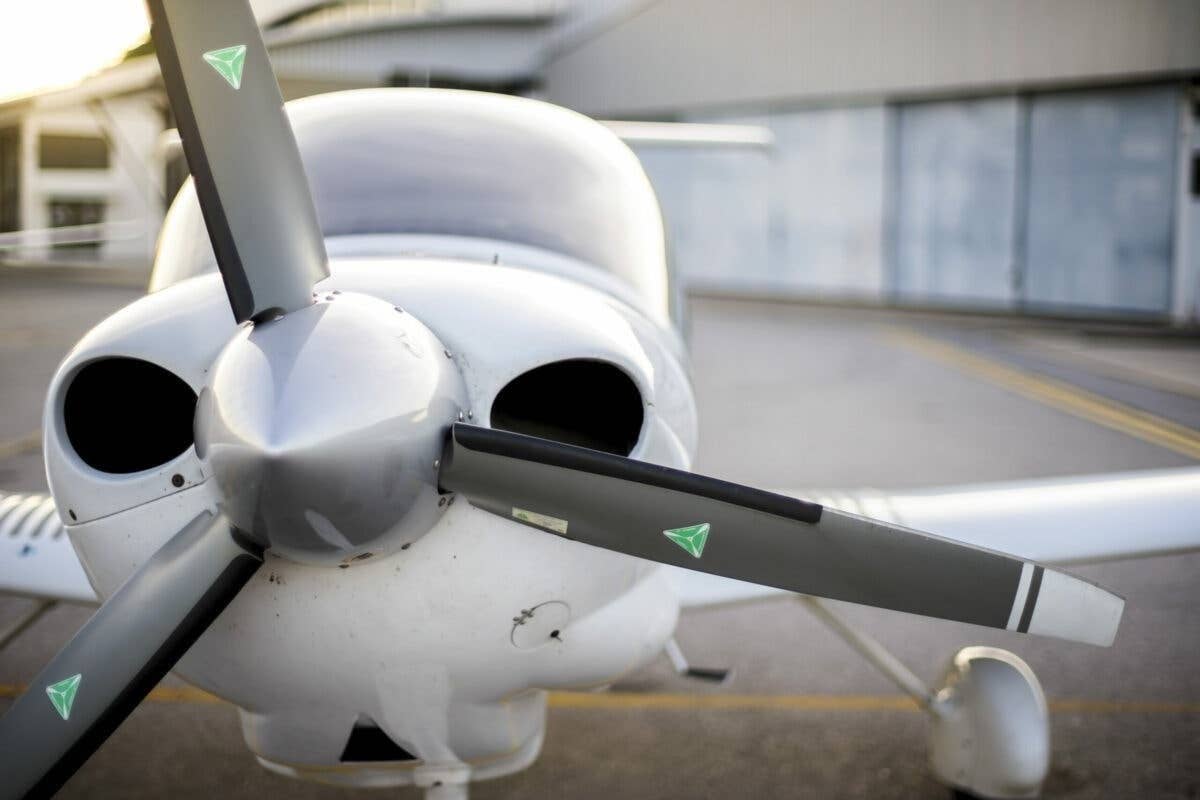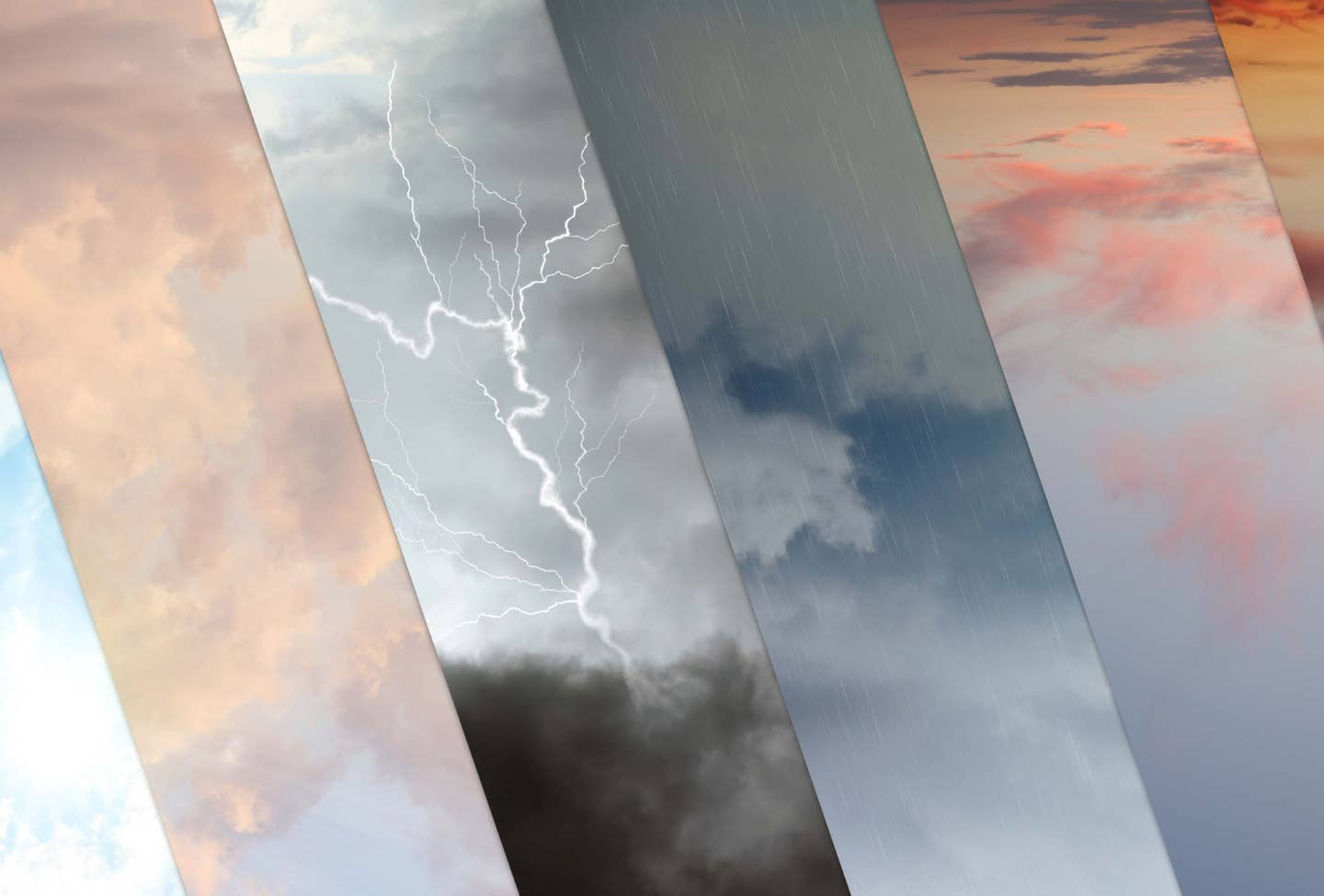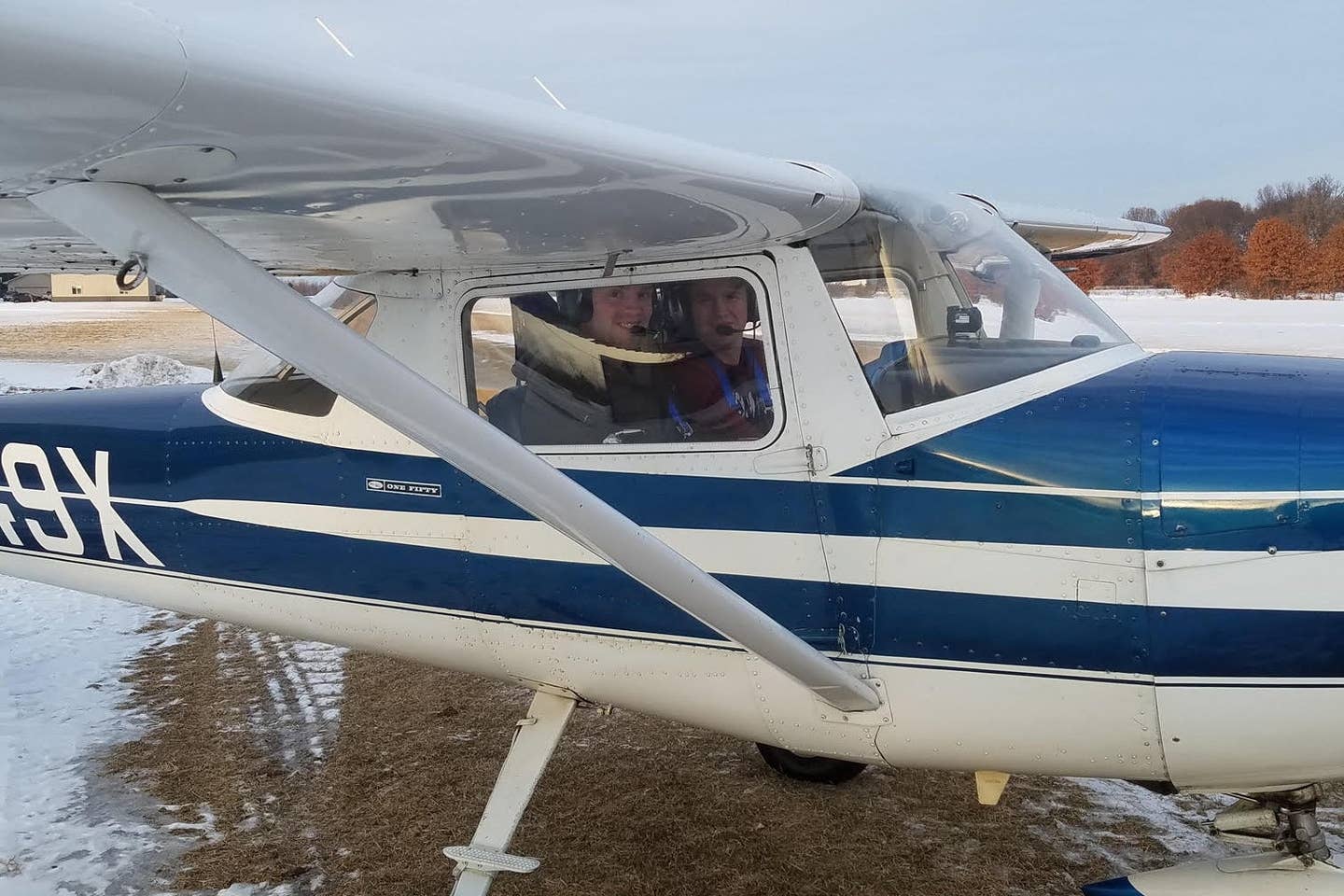
There's a discount store, called the Dollar Store, where everything in the establishment goes for a dollar or less. This is not strictly true, for some items may reach two or even three dollars, but you get the point. This retailer suggests a metaphor for flying short distances. A lot of satisfaction can be had for a (relatively) small investment of time and fuel.
This past summer, we repositioned our Cheyenne from Florida to New England only to find a wealth of worthy destinations all within an hour's range and all in neighboring states, each possessed of distinctly different topography, climate and feel. In a sort of Dollar Store kind of way, each destination held interest precisely because the places were so different and the trip to get there was so short. This arrangement is clearly different from the experience at our home base in Tampa, Florida, where just getting out of the state takes about an hour.
From Lebanon, New Hampshire, it is 205 nautical miles to Ithaca, New York, where I went to college and where this flying love affair took hold. En route I climb to 16,000 feet and head directly for Utica, New York, watching the red Nexrad returns that border the route. Boston Center soon announces that direct Ithaca is available, and I am pleased that the slight heading change will put the airplane just south of the buildups. Living right.
How many times over how many years have I landed on 32 at Ithaca? I remember my first flights there, 46 years ago, in a Champ. I remember my post at the Avis Rent-A-Car counter in the terminal, where I would wait for Mohawk Airlines' Convair 440 to chug in from Kennedy after 11 p.m. In the winter, if we had a customer reservation, I'd bring the car around front and leave it running just outside the cinder-block building, hoping to rent the vehicle quickly so that I could don my chauffeur's hat and shepherd four or five passengers into the big black Pontiac limo with four doors on each side and those big bench seats. Off we'd go in the snow, driving and driving until the last passenger was discharged in his driveway and I could head for the third floor walk-up apartment I happily shared with Michael, a student from England who would die in a King Air accident at Blackbush some 30 years later. I did not know that then. There were a lot of things I didn't know then.
Some nights the Mohawk flight wouldn't land until 3 or 4 in the morning, and no one would want a limo ride. I'd talk to the crew as they stared off into the middle distance, waiting to get started again; they had Erie and Cleveland yet to go by sunup. Even so, the sight of that huge airplane snorting its way onto the ramp was a thing to behold, no matter how tired I was or how disappointing it was to have no fare after such a long vigil.
During later years, as I owned a succession of airplanes, I'd come back to Ithaca, back to those elemental roots of youth, where the trajectory of my life, both on the ground and in the air, was first propelled by the sound of gas-burning, oil-dripping engines.
After a campus walkaround and drive through town, my wife and I fetch up at the State Diner, which, so far as I can tell, is completely and thoroughly unchanged in five decades. How many nights had I staggered in there after dropping off the last passenger to get some home fries and scrambled eggs? I was to miss many a college class in this manner, but my education was largely taking place outside the classroom. Most of it was happening at the airport.
A Cheyenne is a fine way to depart, and after surveying the changes at the Ithaca airport, we do just that. Heading back to KLEB, cumulonimbus clouds billow up ahead, but we seem to just top each one at 17,000 feet. You can see some of the clouds boiling up, spilling moisture upward to the left and right of course, but this flight is marked by luck and we touch no cloud. KLEB is visible 20 miles out, and our landing is sublime. Each way was one hour on the Hobbs. We burned 480 pounds of jet-A on the way over and 468 on the way back.
Bar Harbor, Maine, is a famous summer tourist attraction for good reason. The convoluted shoreline, coves, beaches, evergreen trees and rocks are the stuff of travel brochures. After about an hour each way, the change in climate and accent is palpable. My wife and I are traveling with friends of 40 years, so it is more than scenery that has my focused anticipation. The weather is severe clear with a gusty wind out of the west. I enter the downwind for 22, bank over the ocean and head for the threshold as a Citation calls a six-mile base leg. At 100 feet we are buffeted by the crosswind gusts, and I am all input until we're in ground effect. The landing is smooth, but the passenger anxiety is easily discerned by the pilot, though it has no appreciable effect on anyone's appetite for lobster. "What happened just before we landed?" they ask.
What is it about long-lasting friendships? Why do some endure while others fade? I met our friends during surgical internship, a period of lots of work and almost no flying, but we're still close despite the fact that they live in Santa Fe, New Mexico, and we live in Tampa. We've had all kinds of flying experiences together, and yet it is not the flying that makes us friends. They've watched me get bigger and more capable airplanes, but they know it is the same old me.
We climb Beehive, a very doable but not trivial hike that puts you about 600 feet up over the coastline. Forest rangers deploy spotting scopes so that those driving by at sea level can look at the peregrines perched up on the rocks. No chicks this year, reports a guide with a worried shrug. Aviation everywhere, it seems, is suffering in this economy. At the FBO a new desk person is being told that the guy calling to have his airplane towed out of the hangar is a real Rockefeller.
Our flight back puts us right in line with what Boston Center calls "moderate to severe precip" on the arrival. Though the field is VFR, I ask for the GPS 25 approach, which, wouldn't you know it, takes us just to the south of the weather, then turns us northwest behind it, then back to the southwest for the visual. We're on a winning streak.
Another flight to Maine, this time to Sanford, puts us in the hospitable arms of my sister and her husband near Kennebunkport. Thirteen lobsters for seven people are purchased at a seafood place right out of central casting. The proprietor has found yellow rubber overalls to match his Down East accent; it is hard not to imagine that we are at the movies. A walk on the beach is rewarded with the sight of a lone SNJ (Texan) overhead, and I am reminded of a delightful patient of mine who appeared recently with her husband of 60 years for her annual checkup. He was packing pictures of himself in the front seat of a Texan. It turns out that a friend had arranged a reunion with the airplane he first flew during World War II. Nestled in among the color photos from last month were black-and-white pictures from 1944. The same man adopted the same pose next to the same type of airplane 66 years apart. Those photos from the war were at once familiar and yet remote. The pose, one leg hoisted as if entering the cockpit, with the short sleeves of his uniform rolled up in the classic period manner, showed an immensely handsome young man. The ones taken recently showed a man who had lived a very successful life by all measures. He is a contented soul. When I asked his wife about what it was like to be with such a dashing aviator, she responded immediately, "That was before my time."
I said, "Well, I am sure he passed his time waiting for you by reading and rereading his manuals." She allowed that she didn't think so. "Her name was Evelyn," she said with the assured satisfaction of the woman who had won.
Though KLEB to KSFM is less than 100 nautical miles, the trip did emphasize the difficulties that can attend short trips in summertime. Thunderstorms were arranged in lines, marching along and perpendicular to our course so that our final flown trip was 30 percent longer than the planned trip. Nexrad, onboard radar, helpful controllers and a preflight review of the runway closures in Maine were all the more necessary to complete the trip, which on another day with other weather might have been no more than a simple repositioning flight.
There was one more Dollar Store trip, this time to Groton, Connecticut, home to Columbia Air Services, well-known Cheyenne gurus. We're getting some heater work done while visiting an old high-school friend. It occurs to me that this reunion would not be happening without the airplane.
Make no mistake: I am not suggesting that these trips cost under a dollar — we all know that. But the total fuel burn for all four round trips was 3,255 pounds, or 485 gallons. For a twin turboprop operator, that's a bargain for a month of fun.

Sign-up for newsletters & special offers!
Get the latest FLYING stories & special offers delivered directly to your inbox


![[PILOT AND SNELLEN CHART PIC]](https://www.flyingmag.com/uploads/2022/11/2022-FlyingMag.com-Native-Advertising-Main-Image--scaled.jpeg?auto=webp&auto=webp&optimize=high&quality=70&width=1440)



